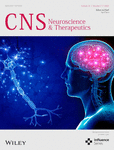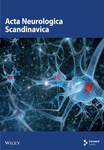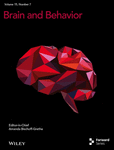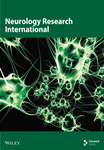Journal list menu
Export Citations
Download PDFs
Editorial
Open Access
oa
Neurorehabilitation: Neural Plasticity and Functional Recovery
- First Published: 20 April 2017
Clinical Study
Open Access
oa
Changes in Cortical Activation Patterns in Language Areas following an Aerobic Exercise Intervention in Older Adults
- First Published: 06 March 2017
Research Article
Open Access
oa
Fatigue and Muscle Strength Involving Walking Speed in Parkinson’s Disease: Insights for Developing Rehabilitation Strategy for PD
- First Published: 22 February 2017
Research Article
Open Access
oa
Brain White Matter Impairment in Patients with Spinal Cord Injury
- First Published: 01 February 2017
Research Article
Open Access
oa
Altered Brain Functional Activity in Infants with Congenital Bilateral Severe Sensorineural Hearing Loss: A Resting-State Functional MRI Study under Sedation
- First Published: 01 February 2017
Review Article
Open Access
oa
Hybrid Assistive Neuromuscular Dynamic Stimulation Therapy: A New Strategy for Improving Upper Extremity Function in Patients with Hemiparesis following Stroke
- First Published: 16 January 2017
Research Article
Open Access
oa
Cortical Reorganization in Patients Recovered from Bell’s Palsy: An Orofacial and Finger Movements Task-State fMRI Study
- First Published: 28 December 2016
Research Article
Open Access
oa
Merging and Fractionation of Muscle Synergy Indicate the Recovery Process in Patients with Hemiplegia: The First Study of Patients after Subacute Stroke
- First Published: 19 December 2016
Research Article
Open Access
oa
Pain Induced during Both the Acquisition and Retention Phases of Locomotor Adaptation Does Not Interfere with Improvements in Motor Performance
- First Published: 08 December 2016
Review Article
Open Access
oa
Exercise Training Promotes Functional Recovery after Spinal Cord Injury
- First Published: 06 December 2016







